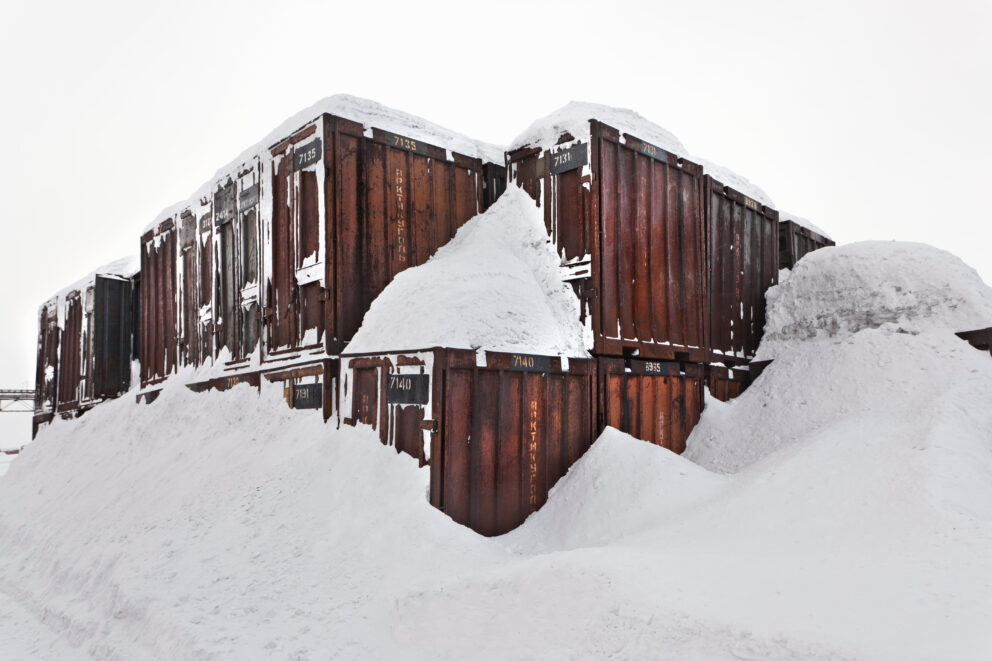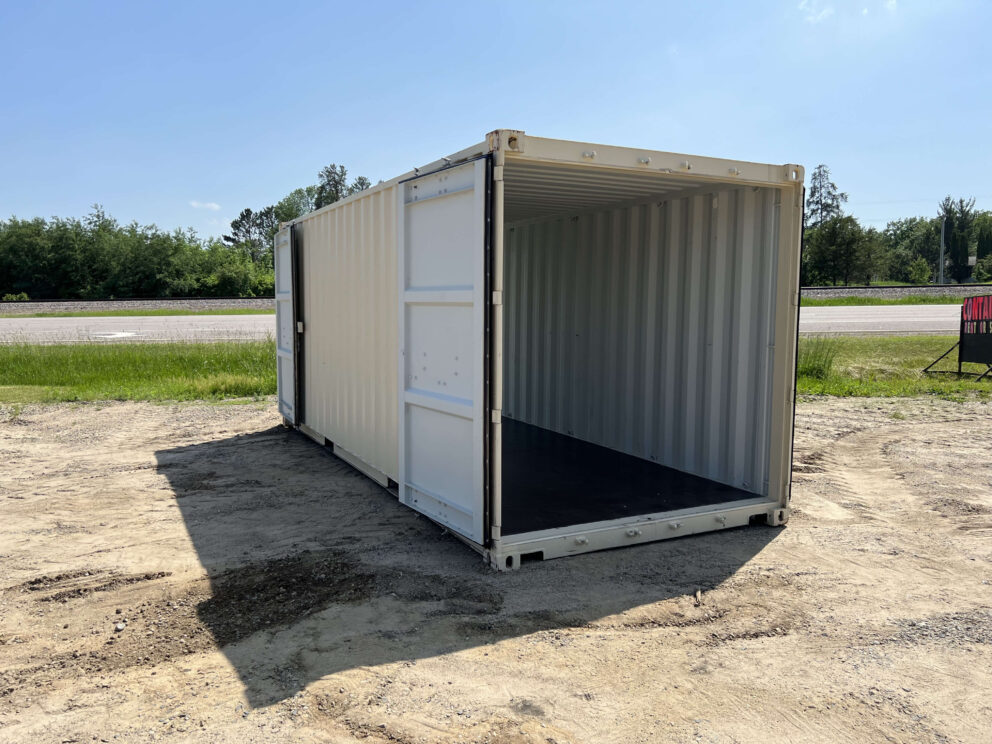Minnesota winters are tough, and your storage container needs a little attention before the temperatures drop. A small amount of preparation now helps prevent moisture problems, frozen doors, damaged belongings, and mid-winter surprises. Here is a straightforward guide to getting your container ready for the season.
1. Choose the Right Location
Placement makes a big difference in winter.
- Set the container on a level surface that drains well. Water from melting snow can pool under the container and eventually lead to rust or seepage.
- Make sure plows or shovels can reach the area. You do not want the container surrounded by a wall of ice by January.
- Keep enough space in front of the doors so they can open fully without getting blocked by snow buildup.
2. Inspect and Seal the Container
Winter weather pushes your container to its limits, so check every part of it before the cold arrives.
- Look at the rubber seals around the doors for cracks or gaps. Replace them if the seal looks worn.
- Examine the roof for dents or rust that could hold water. Clear off any leaves or dirt that trap moisture.
- Treat any exposed metal with rust inhibitor. Small spots now can become bigger problems once snow and ice sit on the surface.
- Make sure both doors close tightly and lock securely.
3. Protect Items from Moisture
Freezing, thawing, and condensation are just part of a Minnesota winter. Preparing the inside of your container reduces the risk of moisture damage.
- Keep items off the floor by using pallets or shelving. This prevents cold transfer from the steel floor and allows air to move more freely.
- Use moisture absorbers or silica packs throughout the container. A few in each corner provide a noticeable improvement.
- Choose breathable covers for your belongings. Plastic tarps trap condensation and can create damp spots on boxes or furniture.
- Avoid packing items tightly against the walls. Small air gaps help control moisture.
4. Organize for Quick Winter Access
Nobody wants to move boxes around in freezing temperatures.
- Put the items you use the most toward the front. Seasonal gear, snow equipment, or business inventory should be easy to reach.
- Use clear labels on every box. Visibility matters when days are short and you want to get in and out quickly.
- Keep an open path straight from the doors to your most important items.
5. Consider Temperature Sensitivity
Some items do not handle freezing temperatures well.
- Avoid storing liquids, chemicals, paints, or electronics that can freeze or crack.
- If you must store temperature-sensitive items, ask about insulation options or heating units that can be installed.
- Check on your container occasionally during the season to make sure everything looks right.
6. Stay Ahead of Snow and Ice
Winter weather can affect the outside of the container just as much as the inside.
- After heavy snowfall, remove snow from the roof. This prevents excess weight from settling on top for long periods.
- Clear the area around the doors so ice does not prevent them from opening or closing.
- Consider placing a small awning or temporary cover above the door area. This reduces the amount of snow and ice that enters each time the doors open.
7. Ask for Professional Help When Needed
If you store high-value equipment or sensitive materials, extra protection might be worth it.
- Ask about insulation, ventilation upgrades, or climate-control options.
- Request a quick inspection if you notice rust, moisture, or small leaks.
- If your storage needs change throughout the winter, professional advice helps you stay ahead of problems.
Frequently Asked Questions About Winter Storage in Minnesota
Can a storage container handle Minnesota temperatures?
Yes. A steel storage container is built to withstand harsh weather. The key is to prepare it correctly by sealing the doors, controlling moisture, and monitoring sensitive items.
Do container doors freeze shut?
They can if snow and ice collect around the hinges or threshold. Keeping the door area clear and applying a little lubricant to the hinges helps prevent sticking.
Is insulation necessary?
It depends on what you store. Furniture, tools, and household items usually do fine without insulation. Electronics, liquids, and temperature-sensitive goods may need extra protection.
Will items get damp during winter?
Moisture can form inside the container when temperatures fluctuate. Using pallets, moisture absorbers, and breathable fabric covers helps keep belongings dry.
Should I check on my container during winter?
Yes. A quick visit every few weeks lets you catch small issues before they turn into real problems. Look for condensation, rust spots, or anything unusual.
What if I need help preparing my container?
Any Way You Want It Moving and Storage can help with container delivery, winter preparation, and upgrades. A quick consultation can identify the best setup for your property and your belongings.
Preparing your storage container for winter does not need to be complicated. A few basic steps can keep your belongings dry, safe, and protected all season. If you need a high-quality container, winter-ready modifications, or guidance tailored to your situation, Any Way You Want It Moving & Storage is here to help. Get a free quote today!



